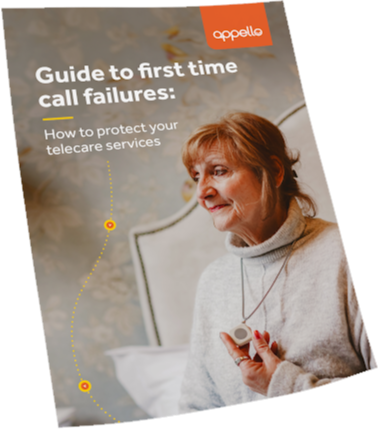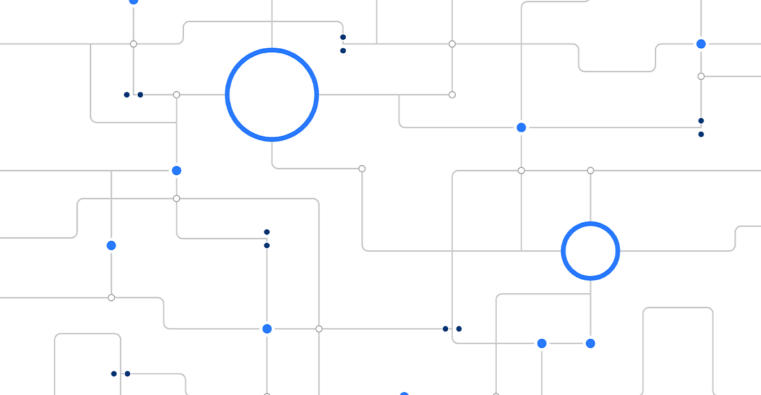The telecare, warden call and Technology Enabled Care (TEC) sectors are seeing a significant evolution with the move from analogue to digital.
But what does this mean? In short, as a result of the telecoms network being transitioned from an analogue PSTN (Public Switched Telephone Network) network, to an All IP infrastructure, the protocols utilised by telecare equipment communicating over this network need to be updated.
Within this article we look at what a protocol is, what are the recommended digital protocols used in digital telecare, and what to keep in mind when moving forward with your digital journey.
What is a protocol?
The word protocol is used to address some specified sets of rules and regulations that govern the process of transferring digital information between two distant entities. In essence, we mean the language which the telecare/alarm equipment sends over the telecoms network to a monitoring centre – it’s this protocol translation that allows the monitoring centre to interpret who and what is calling them.
The two main protocols used within digital telecare is SCAIP, Social Care Alarm Internet Protocol, and NOWIP. For consistency, standardisation and to support innovation in the market, protocols are often established and/or ratified by independent bodies, such as The British Standards Institution. The British Standards Institution is the national standards body of the United Kingdom. BSI produces technical standards on a wide range of products and services and also supplies certification and standards-related services to businesses)
Some manufacturers change their protocols, such as Tunstall. Tunstall created their own analogue protocol to connect to their own monitoring centre, which means that individuals with Tunstall equipment are not able to outsource to other manufacturers. This makes it very difficult for those looking to upgrade to digital equipment.
What digital protocols are used in digital telecare?
BS8521-2/NOWIP
The British Standard BS8521- 2, also known as NOWIP, was developed in conjunction with the Telecare Services Association (TSA) to establish a common signalling protocol and compatibility between device manufacturers and Alarm Receiving Centres.
This is the only fully interoperable social alarm protocol for grouped living scheme equipment, such as Smart Living Solutions or SmartConnect from Appello.
SCAIP
Social Care Alarm Internet Protocol. The original digital interoperable protocol developed in Sweden, published in 2012. SCAIP is an open digital social alarm protocol for dispersed alarms that enables Internet Protocol (IP- packets of data) communication between dispersed Social Alarm devices in the community and a monitoring centre.
SCAIP/CENELEC
TS50134-9 is a European Standard digital interoperable protocol developed from the original SCAIP protocol and published in 2018. Includes guidance for encryption which enables the protocol to be used safely over open internet without the need for a Virtual Private Network (VPN).
Appello’s digital dispersed alarm, SmartLife utilises connectivity with SCAIP T S50134-9, however can also communicate through NOWIP.
What to keep in mind?
For those looking to begin their digital journey and utilise digital protocols, the TSA published guidance in their ‘Commissioner/ Buyer Guidance’ document which states:
‘Whilst it is recommended that organisations wishing to maximise digital interoperability should specify that any devices and platforms should confirm to the requirements of TS50134-9 (for dispersed alarms) and BS8521-2 for grouped living schemes, it is recognised that whilst most manufacturers in the UK comply with SCAIP. Some device manufacturers have not developed enhanced SCAIP (TS50134-9) often stating that it is ‘on their roadmap for development’. It is recommended, in these cases, that Commissioners state SCAIP as a minimum with a clear expectation of when TS50134-9 should be available for deployment with financial penalties to the manufacturer for failing to meet the agreed deadline.’
Therefore, it is important to check with your manufacture that they are utilising one of the above digital protocols, and as advised by the TSA ideally TS50134-9.
This is to make sure that you invest in a device that is not only compatible with alarm receiving centers capable of receiving industry standard digital alarm protocols, but will provide a seamless digital connection over the upgraded digital telecoms network.
Tunstall is an example of a manufacture who created their own protocols, such as TT92. This analogue protocol uses DTMF (dual-tone multi-frequency) or STMF (sequential-tone multi-frequency) signaling, and was developed for analogue communication between Tunstall equipment and only Tunstall ARC platforms.
Those with a monitoring service delivered through a call handling platform only capable of receiving TT92 protocol have therefore been limited in their choice of dispersed alarm equipment. Recognising this challenge, Appello have integrated the TT92 protocol into our SmartLife dispersed alarm, meaning it is capable of connecting to a Tunstall monitoring centre and BS8521-1 open analogue DTMF protocol offering four protocols, NOWIP, SCAIP, BS8521-1 and TT92.
This offers those with a Tunstall call handling platform, with a new choice of dispersed alarm equipment, one that gives them significantly greater flexibility going forward.
To conclude
Digital protocols such as SCAIP and NOWIP are the new norm for the digital telecare industry and are what all dispersed alarm and warden call systems are using to create a safe, reliable and fast connection.
With the right protocol in place, both manufactures in the technology enabled care sector, and housing and care providers will benefit in the long term, keeping residents safe and secure whilst living independently.
You can find more details on the issue of first time call failures in our latest guide, which is available to download now

Talk to us to discuss your requirements and find out about our cost-effective and future proof digital solutions.



